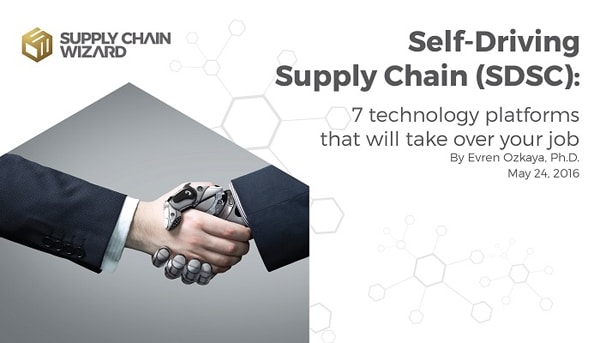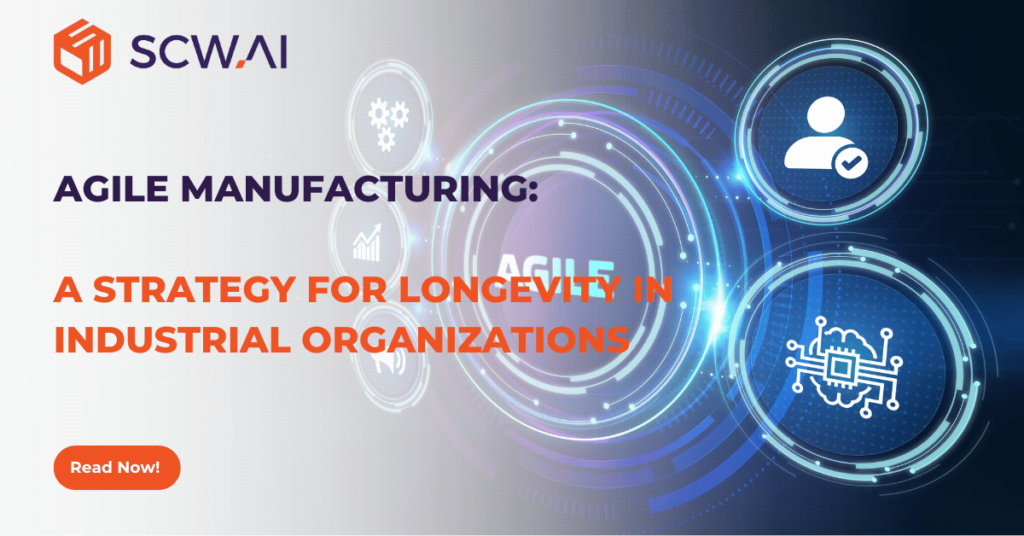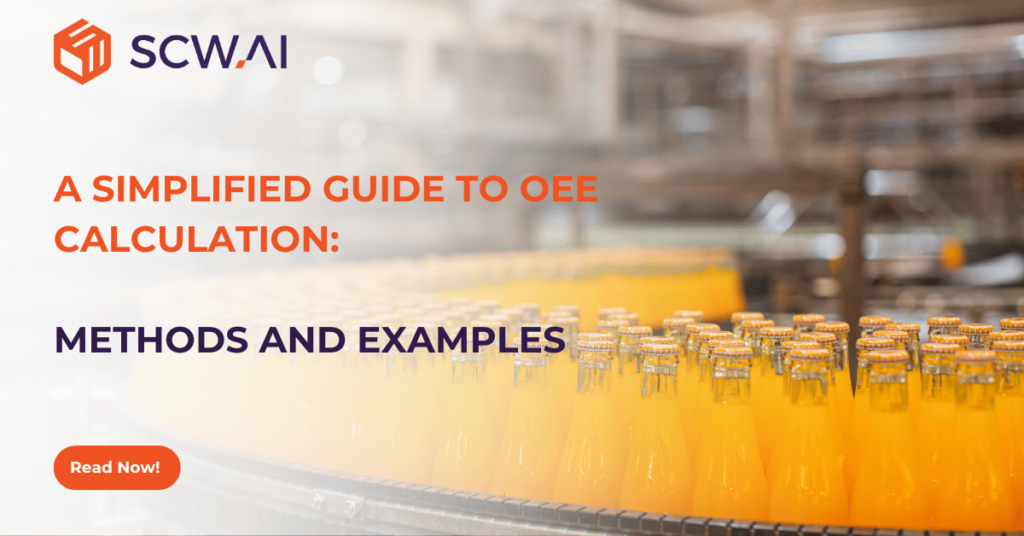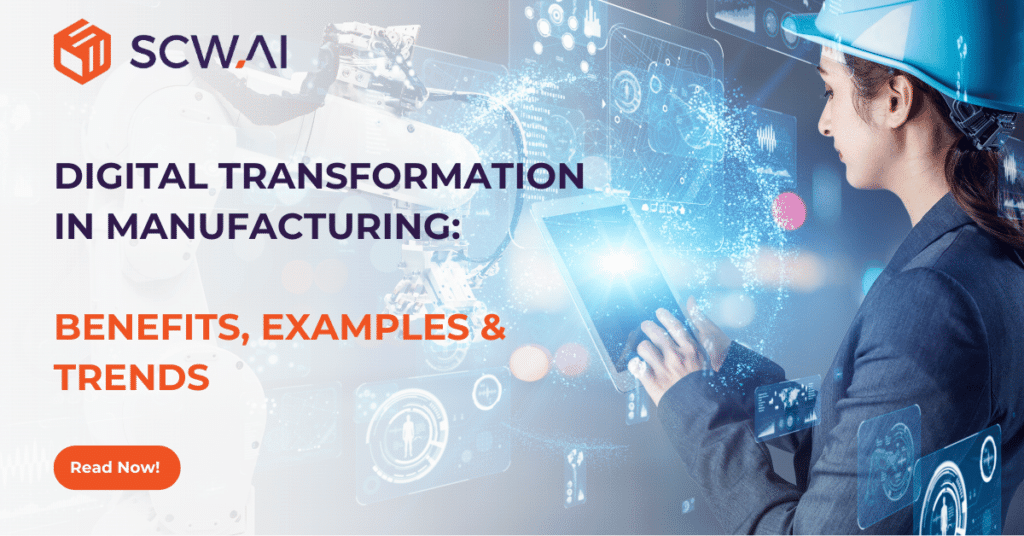
“We are all about to lose our jobs to few smart dudes who are able to write computer programs and automate/actuate real-world processes with the help of their fellow robots.”
I learned recently that I am considered a Millennial. People who were born on or after 1982 are Millennials based on the official definition of the two authors Strauss and Howe, who coined the term in their book “Millennials Rising: The Next Great Generation” (2000).
So far, when I ran into any article about Millennials, I was thinking them like “the new generation kiddos” who grew up with Internet, smart phones and Facebook. Seems like I am one of them (at least by definition), though I have only met with Internet in my teenage years (I still remember those first interactions with my second-hand US Robotics modem capable of transmitting 14 Kilobytes per Second, which was more than enough to spend many continuous hours in chat rooms with black backgrounds and colorful text), I got my first cell phone during my senior year in high school, after days of hard negotiations with my dad that it is absolutely (!) necessary, and when it comes to Facebook and similar social networks, I would still be considered a newbie, as I don’t very often use them, or use them primarily as a personal directory of contacts and occasional updates on what I am doing in my personal and professional life.
Being a millennial (if I look from a Baby Boomer perspective, I can understand why), I have learned how to code computer programs during college, I have designed computer simulations to solve problems, I have programmed robotic arms, turning machines and milling machines, I have shopped online many many times since the invent of online shopping, and most importantly, I came to see (and assume) technology as the core part of our society, where changes/advances in technology is not only expected as given, but also nothing to be surprised of, as it changes so rapidly in front of our eyes, every single day.
One of the big trends in technology, where most of the hype is nowadays in the business world is the combination of “Internet of Things”, “Big Data” and “Cloud”. Well, cloud always existed as we called it Internet. But the amount of data accumulated in the cloud was mostly internet websites and chat rooms at the time. The business applications that run in the cloud now overtook any “local” copy. For example, I recently switched to Office 365, so I can use this software across all my devices. And yes, I have multiple devices now as every other millennial (PC, Mac, tablet, phone, home computer, another tablet for my daughter … and so on) vs. a single desktop PC (sigh… good old days). And among them, I probably have downloaded/used at least 100 different applications to improve productivity of various aspects of my life. Scheduling tools, note-takers, email programs, maps, social media, learning applications, e-readers, entertainment/videos/movies, games, search apps and many other categories.
This was quite a long introduction into my main topic I want to write about, which is the “Self-Driving Supply Chain”. OK, let me structure this a bit before I lose the rest of the Millennial readers who found this post on the long side.
What I am trying to say is:
- The whole world has changed so much in my life time
- What did not exist before just 2-3 decades ago, is now the mainstream, and it is the source of the next big change wave (i.e., cloud/internet, big data, IoT…)
- Robotics, artificial intelligence, smart this and smart that is taking over what humans previously (and gladly) did for generations manually
- (this is where the fun starts) We are all about to lose our jobs to few smart dudes who are able to write computer programs and automate/actuate real-world processes with the help of their fellow robots
- In the world, not so distant from now, we would be served by “self-driving supply chains”, where self-driving cars are just a small sub-system of the bigger system of automated & smart vehicles/tools/processes, that smoothly serve the needs of the people in real time
SDSC – Self-Driving Supply Chain
Yes, it is about to happen. Not this year, not next year, but possibly within the next 5-10 years on a small scale at first. So let’s start by accepting the fact that this is going to happen. If you disagree, you can keep your opinion to yourself for another 10 years, and I am happy to have a conversation with you in 10 years to see who was right. But for now, let’s read on.
What would it take to build an SDSC?
Hey, it is already happening. Different aspects of the required technology platforms are being built by various firms. Leading technology companies are already paving the way to the ultimate integrated system of systems, which I would call “Self-Driving Supply Chain”. It can be supply chain of goods, people, funds/money, information or combination. Any of these supply chains could be made “self-driving”. We have most of the technology available today. We just need a little bit more time to make them better, and integrate them together.
Based on how I see it, there are 7 key components (or technology platforms) of a self-driving supply chain:
- SENSE – Digital demand signals & demand sensing tools
- General public opinion (e.g., Twitter trends)
- Not-so-trivial trends (e.g., IBM’s Watson?)
- People with a smart phone signaling their likes/wants/wishes (e.g., Facebook react buttons)
- Technologies to understand what customers want, real time (e.g., Netflix customers using rating systems)
- MAKE / FIND – Automated (touch-free) manufacturing and/or “supply generating” systems
- Additive manufacturing / 3D Printing
- Full-automation factories
- Search algorithms (e.g., to find right resources, suppliers)
- Specialized databases to expedite searching / finding resources (e.g., consulting talent)
- MATCH – Supply-Demand balancing operating systems
- Uber (matching drivers to passengers)
- Alibaba.com (matching suppliers to buyers)
- Match.com, eHarmony.com and alike (matching people/couples)
- Any advanced marketplace tool or app (matching supply to demand or vice-versa)
- DELIVER – Autonomous (self-driving) vehicles
- Google’s driver-less car
- Tesla’s “autopilot” mode
- GM/Lyft venture for automated fleet
- Amazon’s drone
- Pilot-less passenger planes
- AS/AR or AGV systems in warehouses (e.g., Kiva)
- TRACK & TRACE – Traceability technology for supply chain visibility & security
- Barcode/RFID enabled sensors & triggers
- Bluetooth/WIFI enabled sensors & triggers
- GPS / Geo-code technology
- Cloud-based serialization & traceability systems (check out Pharma industry legislations and solutions)
- Any and all Internet of Things (IoT) applications helping us collect real time data on people & assets
- MEASURE – Continuous measurement / feedback loops / rating systems / adaptive dashboards
- Automated KPI / Metric scorecards (e.g., Control Tower, War Room, Situation Room concepts)
- Real-time dashboards (e.g., Fleet Tracking tools, supply chain visibility tools)
- Full-process digitalization to track every step of the business processes (e.g. Salesforce.com)
- OPTIMIZE – Decision engines / Optimization algorithms / Real Artificial Intelligence
- Objectives > Baseline > Decision algorithms to improve status quo
- Scheduling & planning algorithms to better utilize resources (e.g., airline crew scheduling)
- Assignment algorithms (e.g., network design and optimization)
- Trading algorithms to decide on time/quantity/source of buying and selling (e.g., Computer trading in NYSE)
- Other automated decision support tools to optimize system parameters as a way for continuous improvement
What would our lives look like in an SDSC world?
Well, unless you are the designer or developer of any of these systems above, you will lose your job [eventually]. You will be automated out of the system. Scary, isn’t’ it? No worries, though, there will be many other job titles, opportunities out there, like “master data scientist”, who would take care of our new global currency: “data”, and ensure that it is clean & transparent.
During my internship at Intel corporation about a decade ago, I visited a “fab”, where they manufacture processor chips out of silicon wafers. I was amazed to “not see” any person on the shop floor, as the production was fully automated with no human involvement, except engineers to run some regular tests on produced batches. Therefore, trying to imagine a world where the entire supply chain is automated definitely sounds within close reach to me.
What are you going to do about this?
My personal response to all of these developments is that I am curiously fascinated by the step-change transformation we are experiencing. I definitely plan to proactively participate in the architecture of these systems, as that’s the only way I see for staying relevant.
In every component of a truly automated supply chain, there has been a major break-through in the last 10 years. And in the next 10 years, I believe these technologies will start coming together, integrating with one another so nicely and smoothly, we will no longer know the difference. While we start enjoying the benefits (which we already started enjoying partially), we need to start thinking hard about the “human element” in these systems. In the end, anything we design, produce, deliver and support, is serving some sort of human need or requirement. People are the ultimate judge of whether they are getting what they need, and whether they are happy about what they get. Above story might be a geek’s dream to eliminate all human-errors and inefficiencies in the current real-world supply chains. But when SDSC really happens, I hope people who design it would keep the “humans” in mind.
Where do you fall in the SDSC spectrum of possibilities?
Few months ago, I sat next to a “pilot in training” in a Turkish Airline flight, who firmly believed the “auto-piloting computers” will take over the job from them some time during his career.
Are you afraid of losing your job eventually? Do you think you will ever lose your job?
What are you going to do about it?
Let’s chat.


